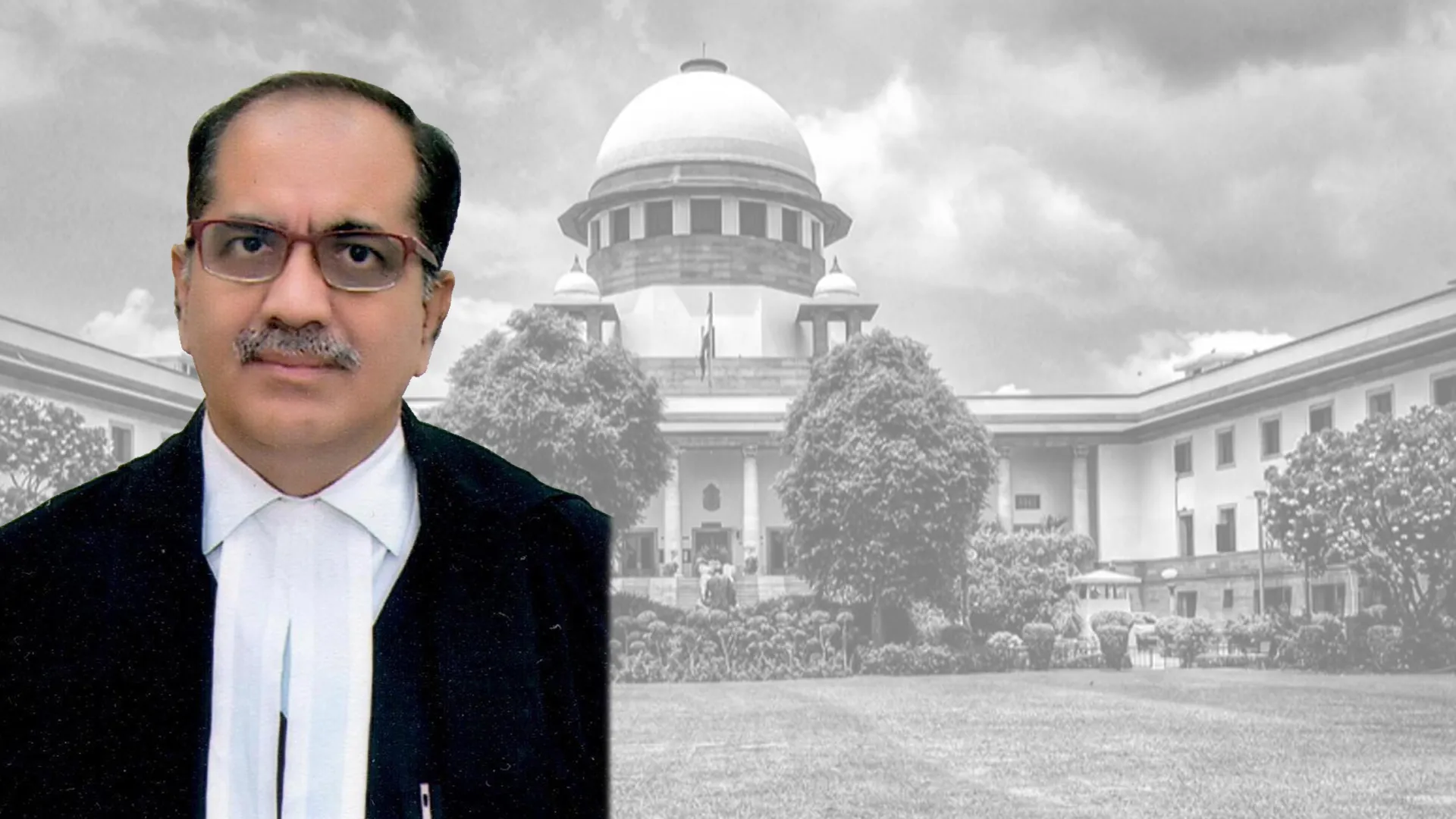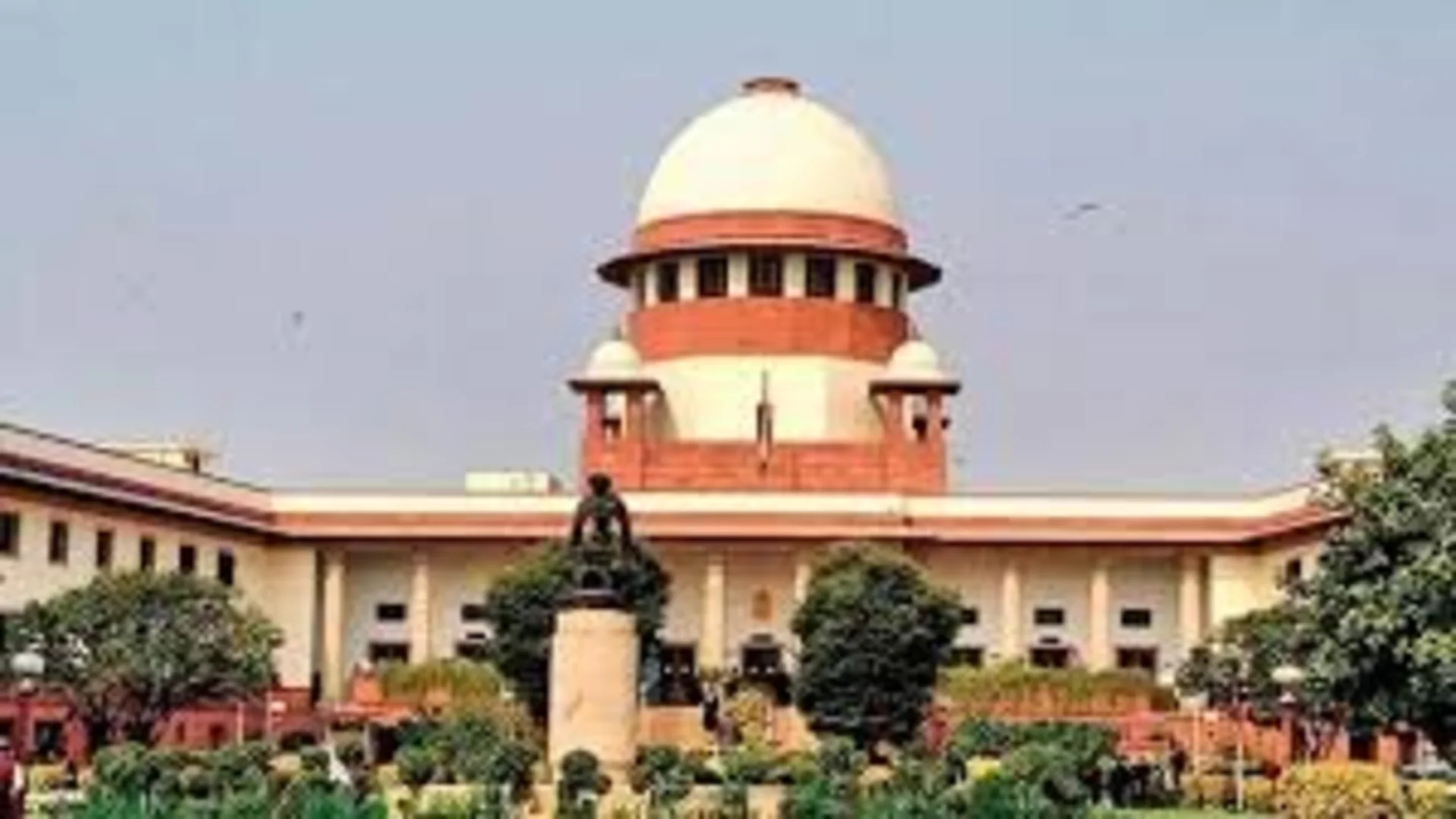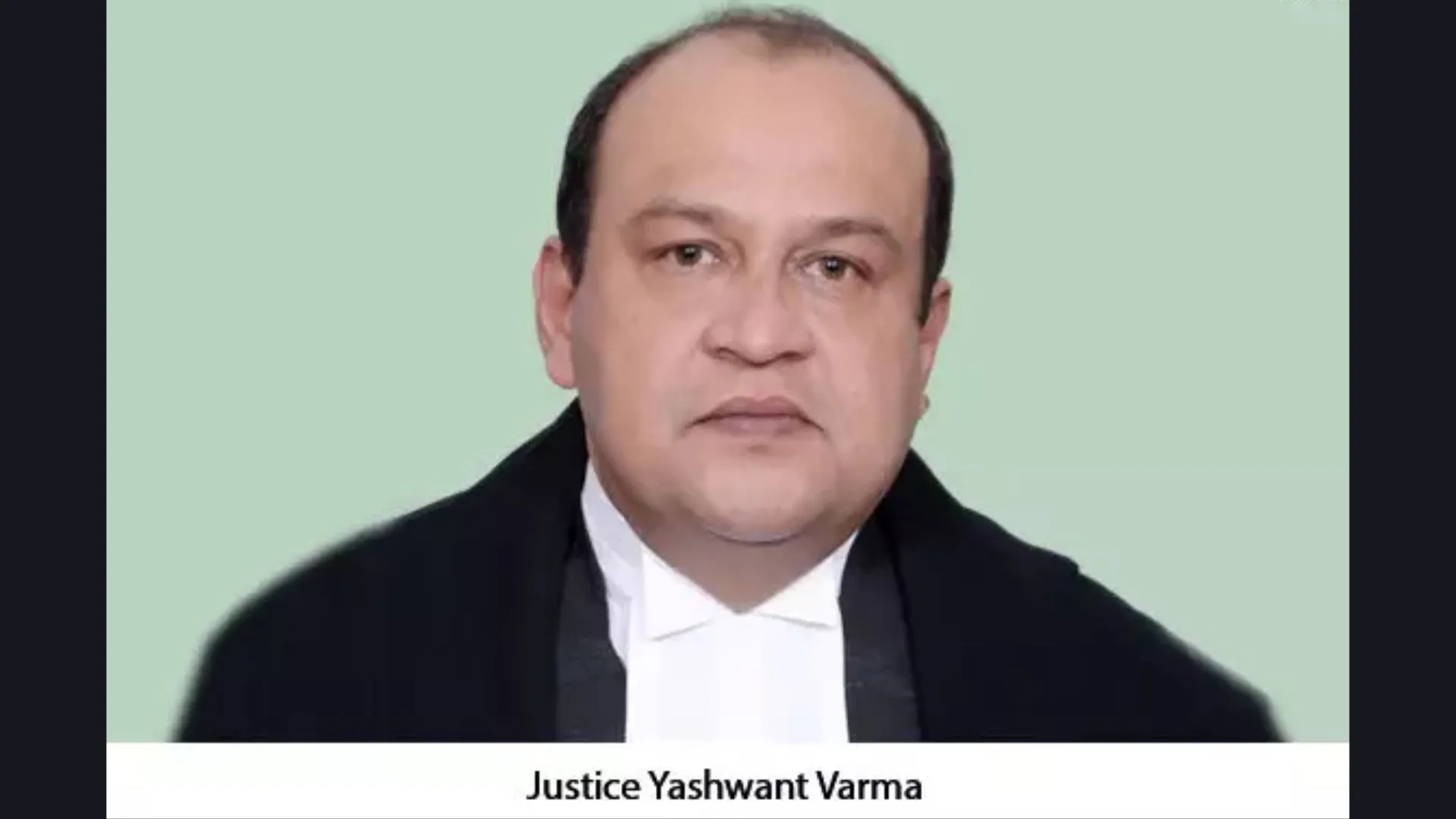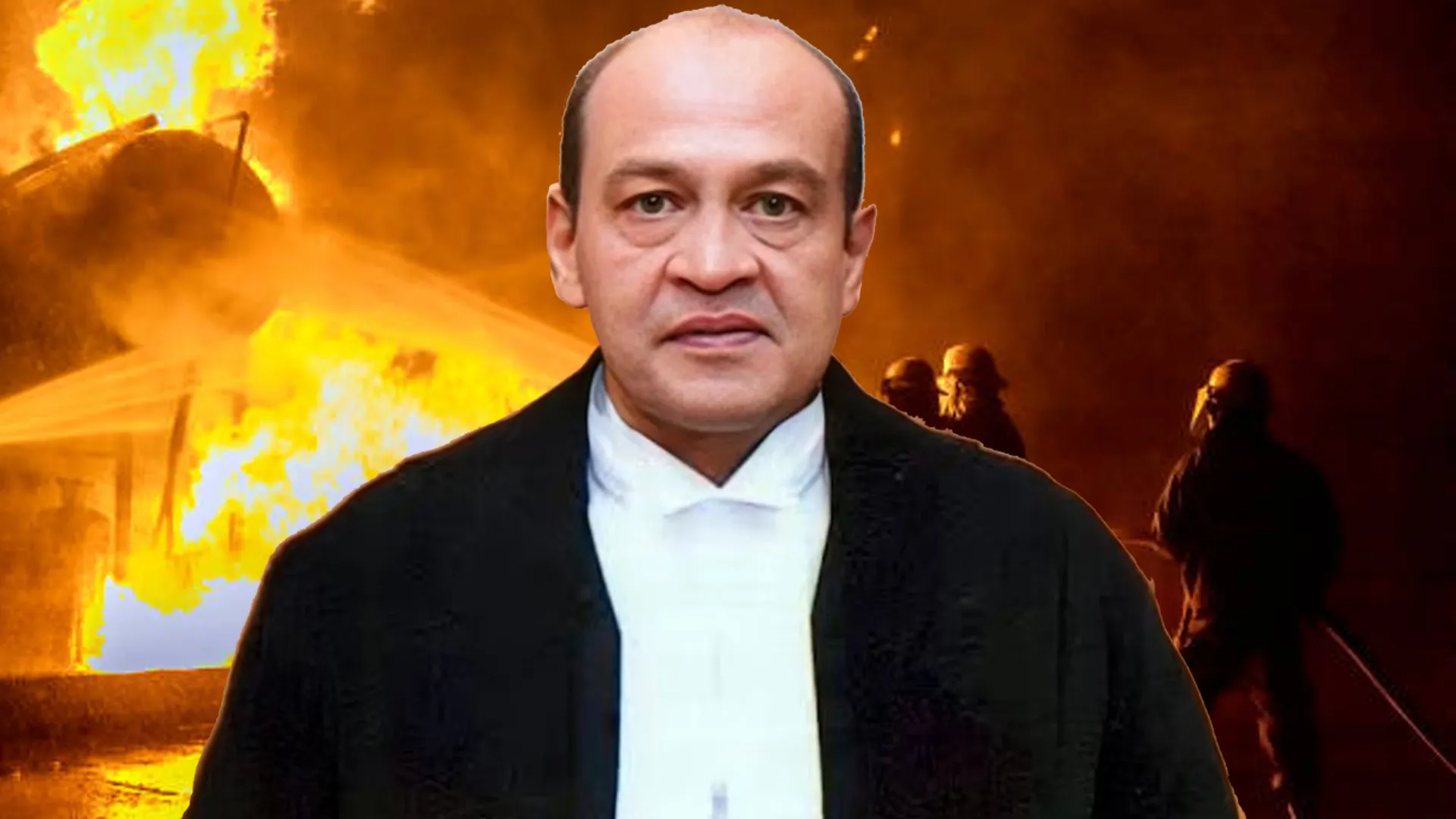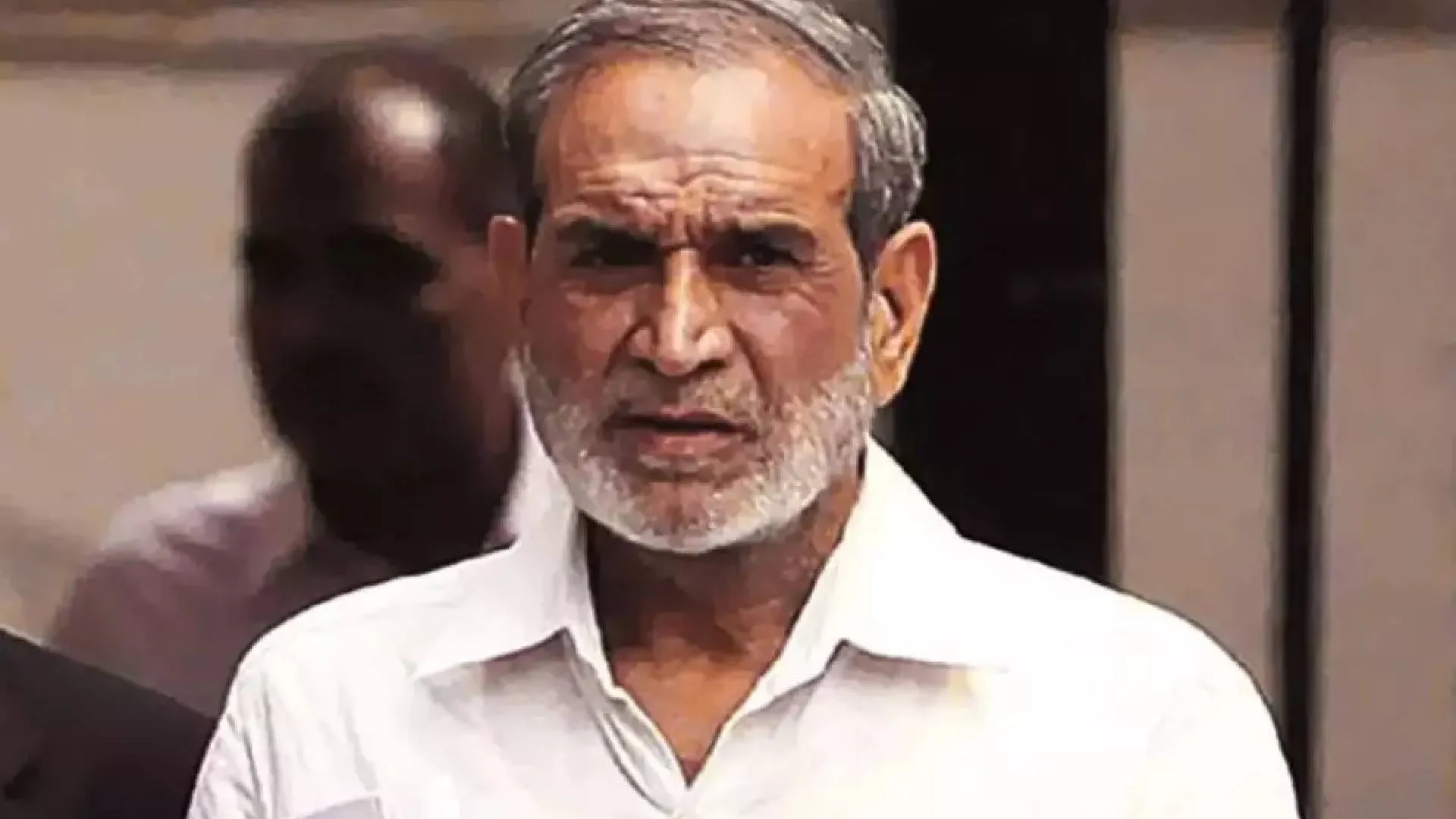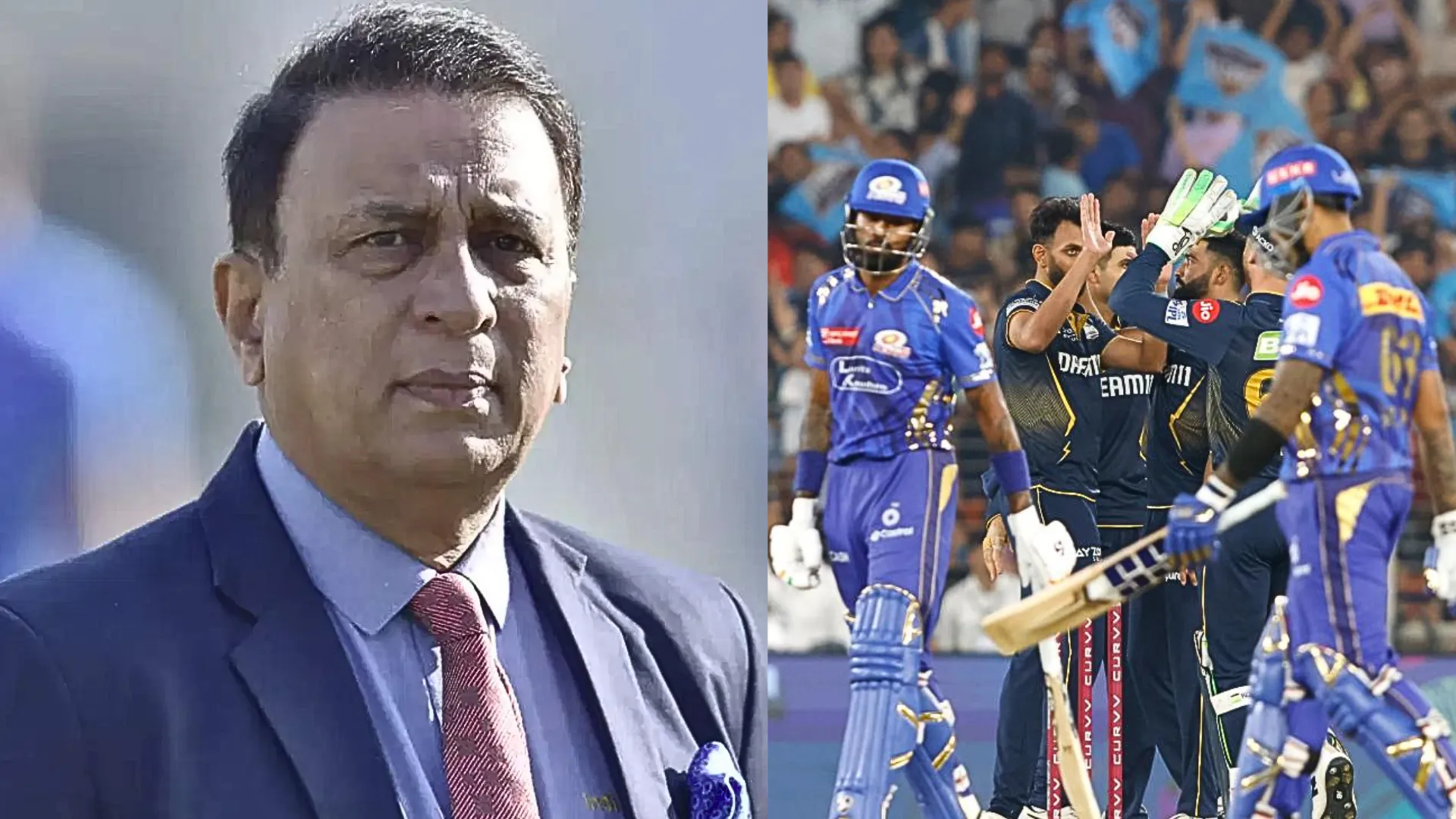Introduction: The largest democracy in the world, India, is well known for its dynamic electoral system, which is exemplified by the numerous state and national elections that are held at various intervals. This multi-layered election calendar, though, has frequently come under fire for its financial load, disruptive effects on governance, and logistical difficulties. The idea of ‘One Nation One Election’ (ONOE) has surfaced as a possible way to simplify India’s election process in response to these worries. This article explores the reasoning behind ONOE, as well as its possible advantages, difficulties, and the current discussion about its application.
Elections for the federal government and state governments should be held simultaneously in order to reduce the frequent disruptions brought on by varying polling dates. presently elections are held in some parts of the nation nearly annually, which creates a never-ending cycle of campaigning, breaks in government, and policy gridlock. In addition to taxing the Election Commission of India’s resources, this disjointed election calendar distracts lawmakers from important governance concerns.
Proponents of ONOE contend that scheduling state and federal elections in tandem would improve administrative effectiveness and lower the costs related to holding independent surveys. India is projected to spend billions of rupees on election preparation, which includes costs for personnel, security, and logistics. The government might save a great deal of money by consolidating elections, money that could then be put towards development projects. In addition, proponents of ONOE contend that synchronised elections would improve collaboration between the federal and state governments, guaranteeing consistency in the formulation and execution of policies. Additionally, it would empower voters to make well-informed decisions based on thorough evaluations of government at the state and federal levels, enhancing democracy.
Potential Benefits:
There are many benefits that simultaneous election holding offers India’s electoral system. First off, by doing away with the necessity for regular election procedures, it would maximise resource use and save a significant amount of money. Second, synchronised elections would offer steady and continuous government, freeing elected officials from the diversion of campaigning to concentrate on developing and implementing policies. Thirdly, One Nation One Election (ONOE) may raise voter turnout and improve voter engagement by providing voters with a wide range of electoral options and reducing the weariness that comes with regular elections. Finally, scheduling elections in accordance with one another would simplify logistical planning, lighten the burden of election authorities, and enhance the general effectiveness of the electoral process, which would increase administrative efficiency.
Major Highlights of Recommendations of the Panel:
The high-level committee chaired by former President Ram Nath Kovind recently submitted its comprehensive report to President Droupadi Murmu, advocating for the synchronization of Lok Sabha and state assembly elections, commonly referred to as ‘One Nation, One Election.’ This report, spanning an impressive 21 volumes and comprising 18,626 pages, is the culmination of an extensive process. Beginning with its establishment in September 2023, the committee embarked on a thorough exploration of this concept, engaging in numerous consultations with various stakeholders and experts.
Over the course of 191 days, the committee meticulously examined the issue, conducting 65 meetings in New Delhi and drawing upon the insights of esteemed bodies such as the Law Commission of India, the National Commission to Review the Working of the Constitution, the Department-related Parliamentary Standing Committee on Law and Justice, Niti Aayog, and the Election Commission of India. Legally speaking, the committee’s report is a major step forward in the cause of simultaneous election implementation. It not only highlights the breadth of the study and consultations conducted, but it also provides a solid basis for future legal discussions and policy considerations in this area.
The report delves into the necessity of amending the Constitution to enable simultaneous elections, proposing a two-step process. In the first step, simultaneous elections to the Lok Sabha and state assemblies would be conducted without requiring ratification by the states for the constitutional amendment. In the subsequent step, elections for municipalities and panchayats would be synchronized with national and state elections, necessitating ratification by at least one-half of the states.
Furthermore, the committee suggests amending the Constitution to facilitate the preparation of a single electoral roll and electoral photo identity cards for all tiers of government. This would involve collaboration between the Election Commission of India and State Election Commissions, requiring ratification by at least one-half of the states.
Addressing scenarios such as a hung House or a no-confidence motion, the committee recommends holding fresh elections to constitute the new Lok Sabha or state assembly for the unexpired term of the House.
Logistical requirements for conducting simultaneous elections are also discussed, emphasizing advanced planning by the Election Commission of India in consultation with State Election Commissions. This includes deployment of manpower, polling personnel, security forces, and voting equipment to ensure free and fair elections across all tiers of government.
The committee unanimously believes that simultaneous elections will bring about fundamental transformation in the electoral process and overall governance. It is argued that this approach will optimize scarce resources and increase voter participation.
Moreover, the committee asserts that simultaneous elections will mitigate disruptions to governance and policy paralysis caused by the Model Code of Conduct, thereby fostering economic growth. Based on these findings, the committee strongly recommends implementing simultaneous elections nationwide. It suggests that the government should introduce necessary amendments to the Constitution and other relevant laws to facilitate this transition. In summary, the committee’s report presents a thorough analysis of the benefits and logistical considerations of simultaneous elections. It advocates for constitutional amendments and policy changes to realize this vision, aiming to streamline the electoral process and enhance governance efficiency in India.
Challenges in the Implementations:
‘One Nation, One Election’ implementation presents a number of formidable obstacles. First of all, because of their disparate election cycles and administrative procedures, the federal system of India demands cooperation between the federal government, state governments, and local authorities. Given the variety of political environments and electoral customs among states, coordinating elections at all levels necessitates considerable logistical preparation and collaboration.
Secondly, the proposal raises constitutional and legal complexities. Amending the Constitution to enable simultaneous elections demands careful consideration of federal principles, state autonomy, and the role of local governance. Furthermore, ensuring compliance with electoral laws and addressing potential conflicts between central and state legislations present legal hurdles.
Thirdly, reaching a political agreement is difficult but necessary. Given the disparate political goals and interests, the initiative needs bipartisan support at both the federal and state levels, which could be challenging. The move might be viewed by opposition parties as an attempt to seize power, which would spark opposition and political impasse.
Further, there are significant financial ramifications. A large amount of funding would be needed for voter education, election infrastructure, and security measures if elections were held simultaneously. The government faces financial challenges in allocating funds for such a large-scale project in the face of conflicting budgetary objectives.
Lastly, the impact on governance and policy continuity is a concern. Simultaneous elections may disrupt the regular functioning of governments, leading to prolonged periods of caretaker administrations and policy paralysis. Maintaining governance efficiency and accountability during election cycles remains a critical challenge in transitioning to ‘One Nation, One Election’.
(The Authors Are Fifth and Fourth Year Law Students at Himachal Pradesh National Law University, Shimla.)


